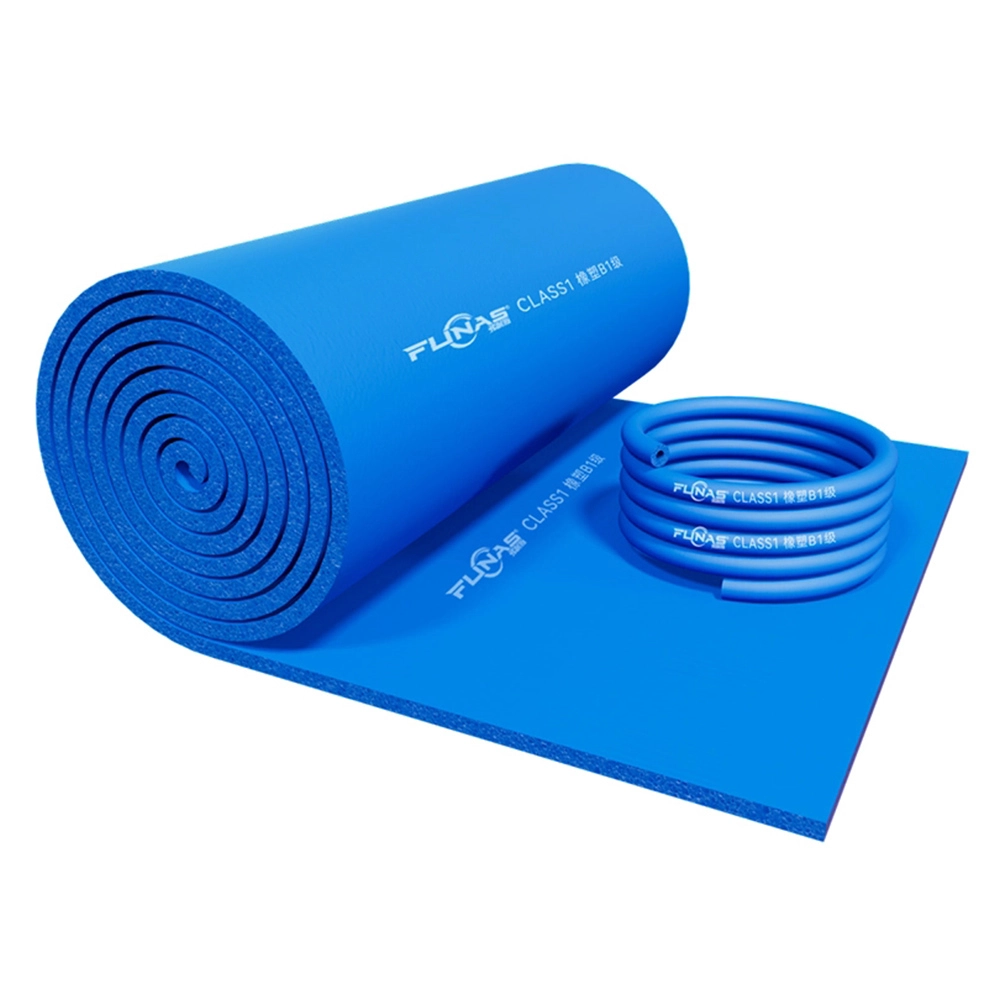How Thickness Affects Sound Absorption | FUNAS
How Thickness Affects Sound Absorption
In the realm of acoustics, one of the most frequently discussed variables is the thickness of materials used for sound absorption. Professionals in the industry know that achieving optimal sound quality in a space isn't just about choosing the right materials—it's also about understanding how their thickness affects overall acoustic performance. Let's delve into how this factor plays a crucial role in sound absorption.
The Science Behind Sound Absorption
Sound absorption involves the dissipation of sound waves into a surface, preventing them from reflecting back into the environment. This process diminishes echoes and reverberations, contributing to a clearer sound experience.
Material Thickness and Its Impact
1. Increased Absorption with Thickness:
Thicker materials generally have a higher capacity for absorbing sound. This is because the additional material provides more mass and porous pathways for sound waves to travel through. The greater the volume, the more energy is absorbed, leading to less reflection and transmission.
2. Frequency Considerations:
Thickness particularly affects the absorption of low-frequency sounds. Lower frequencies have longer wavelengths, requiring more material to effectively reduce noise. As a result, environments that require control over bass sounds benefit from using thicker absorption materials.
3. Practical Limitations:
While thickness enhances absorption capabilities, it's important to consider the practical constraints of material application. Very thick materials may not be feasible in all spaces due to weight, cost, and aesthetic considerations. Therefore, achieving an optimal balance is key.
Applications Across Industries
Professionals apply these principles across various sectors:
- Construction: Integrating thicker sound-absorptive materials as part of building designs is crucial for creating acoustically sound structures, from office spaces to residential buildings.
- Music and Broadcasting Studios: Studios often require precision in sound control; hence, they extensively use materials of varying thicknesses to achieve the desired acoustic environment.
- Automotive: Within the automotive industry, sound-absorbing materials with the right thickness are used for cabin noise reduction, enhancing passenger comfort.
Operational Insights and Best Practices
To maximize the sound-absorbing potential of materials, consider these best practices:
- Analyze the Environment: Understand the specific acoustic needs of the space, including dominant sound frequencies that need attention.
- Consult Professionals: Work with acoustic engineers or consultants to determine the ideal material thickness for your specific requirements.
- Consider Material Properties: Beyond thickness, remember that the inherent properties of the material used, such as density and porosity, greatly influence sound absorption efficiency.
Conclusion
Understanding how thickness affects sound absorption empowers industry professionals to make informed decisions that enhance the auditory experience of any environment. By selecting the right materials with suitable thickness, not only can sound clarity be assured, but it can also transform spaces into more conducive and productive environments.
We at FUNAS are committed to providing expert guidance and high-quality solutions for your acoustic needs. Reach out today to learn how we can help optimize sound absorption in your projects.
How to Tell If Insulation Needs Replacement | FUNAS
Foam vs. Rubber Pipe Insulation: Which is Better? | FUNAS
Cost Analysis of 1000 Sq. Ft. Insulation | FUNAS
Discover High-Quality Glass Wool Solutions at FUNAS
FAQ
Can your insulation products be customized?
Yes, we offer customized solutions for insulation material wholesale to meet the specifications of your project, including custom specifications, sizes, foils and adhesives, colors, etc.
What is the typical delivery time for custom orders?
Our daily production capacity is 800 cubic meters. Delivery time varies depending on the complexity of the insulation material wholesale order, but we can deliver large quantities of customized products within 4-6 weeks after the approval date, and small quantities can be delivered within 15 days.
service
Are your rubber foam products environmentally friendly?
Yes, our insulation products are designed with sustainability in mind. They help reduce energy consumption by minimizing heat loss and gain, and they are made from durable materials that have a long life cycle, reducing the need for frequent replacement.
What is your shipping and delivery process like?
We offer reliable logistics services for insulation material wholesale, both domestically and internationally. Our team ensures secure packaging, timely shipping, and real-time tracking so that your order reaches you in perfect condition and on schedule.
What types of rubber foam insulation products do you offer?
We offer a wide range of rubber foam insulation products, including custom shapes and sizes, thermal and acoustic insulation solutions, and options with specialized coatings such as flame retardancy and water resistance. Our products are suitable for applications in HVAC, automotive, construction, and more.

Wholesale Black nitrile rubber foam pipe rubber NBR foam tube rubber foam insulation tube for hvac system

Wholesale Rock Wool Mineral Wool Board Panel Sheet
High-performance rock wool board for superior thermal and acoustic insulation. A reliable choice for building projects.

Blue Rubber-plastic Tube Rubber foam pipe wholesale



















































